Beetroot hidden in brownies, supplements mixed with a shot of Lucozade at breakfast and tailored meals. These are just a few of the things Aberdeen Football Club have in place to keep their first team fuelled.
At 35, Jonny Hayes is one of the club’s oldest players, but sports science head Graham Kirk says the midfielder has never been in better condition.
Like many footballers, nutrition is at the forefront of Jonny’s training, taking his meals as seriously as the game.
Spending the majority of his training, coaching and personal time at Cormack Park, located just outside of Westhill, it’s important the facility can cater meals that will help keep the players on the pitch for 90 minutes.
The first thing you’ll notice at the state-of-the-art training facility when you walk into the canteen is the salad bar. That’s quickly followed by a hot plate that serves both breakfast and lunch, and a condiments table with a supersize jar of Nutella at the back.
The under 18s are usually first in to grab breakfast and the first team aren’t long behind them. Everyone has to be fed at least an hour before training to ensure food is digested and the right nutrients are in play within their bodies.
But how has Jonny Hayes managed to prolong his career which has seen the winger make more than 306 appearances for the Dons?
“I now know what’s good for me and what’s bad,” he remarked.
While nutrition didn’t take a priority in the footballer’s early career, he says sports nutritionist Scott Baptie is the man behind his success when it comes to his diet after setting out a food plan for him years ago.
“He gave me a better understanding of what calories and nutrients were in certain foods, what kind of snacks I could eat and what I could have late at night that could help me overnight.
“I remember when I was playing at 16. I didn’t have the best diet. I didn’t eat pasta then, let alone vegetables.”
The AFC midfielder now eats his favourite dish – pasta – most days and has cut back on red meat, replacing it with seafood. The only things he won’t eat? Beetroot and coleslaw.
Carb fest
Describing himself as a creature of habit suggests Jonny knows what works for him.
On light training days he’ll opt for a protein-based breakfast, while on heavier days or a double session, it’s usually porridge or toast and eggs with the odd piece of fruit.
What’s served for lunch also depends on the rigorous training sessions. The chef is briefed in advance to ensure the options available will benefit the players.
“If it is a tough day you’re loading up on carbs, protein and veg. If it’s lighter, I lean towards a protein at lunch. There’s shakes and snacks as well if you if you need a top up. For dinner, towards the start of the week I’ll have veg and protein and then closer to the game I’ll start incorporating more carbs. Friday is pretty much a carb fest.”
With a rough allowance of 3,000 to 4,000 calories some days – depending on the intensity of training – it’s knowing what to put into your body and what not to that can make or break performance.
“Rather than saying I have an allowance of calories to use, I could have a McDonald’s or a Burger King, I’d rather have a big pasta meal instead.
“I like coffee but you’re not going to have three or four lattes or cappuccinos a day. I try to stick to black coffee. You can reduce your calorie intake by 600 to 800 with little changes.”
The team also take multiple supplements that help them refuel and recover including a performance multivitamin, vitamin D, creatine (mixed with Lucozade in the morning) and there’s protein powders and even sleep juices that can be mixed with water (or be had warm) that can help aid their sleep.
Eating on the road and goodbye Nando’s
When the season is in play, the team can have up to three games in a week. They are constantly training and travelling across the country and it wasn’t unusual for the team to get Domino’s pizza delivered to the bus when returning from an away match.
To be on manager Jim Goodwin’s team you have to be an athlete. Long gone are the days of having 10 beers twice a week as Jonny describes some did back in the day.
“I was petitioning to get Nando’s instead of like pizza and pasta at the end of a game because it’s chicken. I read Pepijn Lijnders book and the first thing the nutritionist did was get rid of Nando’s.
“We’ve tried all these different healthy options but the boys don’t want it after a game. They want a chicken burger. But we can make that as healthy as possible.
“I remember pre-season when I was a kid, the lads would say ‘Come to the pub after training’. They’d say we’d be fine and would run it off. You’d be found out now. The modern sports science of football – the game has changed so much.
“Some clubs use a lot of things like saliva tests in the morning to see how well people have slept, what their bodies are lacking.”
Focused both on and off season, Jonny’s eating habits rarely change.
“Nutrition is the most important part for me. if you’re not eating the right stuff it’ll eventually catch up.”
Jonny Hayes: Avid home cook
You’ll never catch the professional footballer rewarding himself with a treat after a game or training, and now that he has two young children, he doesn’t eat out as frequently as he did due to their busy schedules.
Instead, if you’re going to find him anywhere off the pitch, it might just be his kitchen.
“I love cooking. When I was about 19, I went to cooking lessons the club offered. I was living by myself and I had a George Foreman and all I’d eat was chicken, pasta and microwaveable sauce – that’s all I knew how to cook at the time.
“It opened my eyes and I was cooking meatballs, spaghetti Bolognese, shepherd’s pie and different types of dishes. My wife Sarah usually cooks fish for dinner if I’m not getting in until 8.30pm or 9pm.
“I love Italian food because when we’ve got three games in a week you can eat as much pasta as you like. Pastas, risottos, lasagnes, anything Italian would be my go-to.
“If my wife says ‘do you want to get takeaway?’ she wants Chinese and I’m quite happy ordering an Italian, even though I could make it at home, it’s always better if somebody else cooks, if it isn’t.”
And even when he takes his son for a McDonald’s after football on the odd Wednesday, Jonny will only ever get a Diet Coke. Although he admits he and former teammate Niall McGinn used to frequent Nando’s quite a bit back in the day.
The pinch test
Graham Kirk has been at the club for around nine year now. He’s primarily responsible for the first team and says while they don’t focus on the amount of calories players eat, they show them how to ‘build a plate’.
The plate focuses on portion sizes of carbs, protein and fruit and veg, and when the players are on repair days they will double up on protein or if training half the plate will be carbs.
“We don’t get too hung up on calories or grams until we have body composition issues,” said Kirky, as Graham is known.
Kirky says the team is very lean at the moment due to the club’s culture in training and moulding athletes.
Players skin folds are measured every six to eight weeks and they are on the scales every week. To measure a skin fold, the skin is pinched across eight different sites around the body to analyse body fat. The eight results are added and a total value is presented and plotted. Over time the sports science team can track if a player has put on or lost muscle or fat.
“The boys have got individual performance plans that can show how they are physically. It becomes competitive, they want to be up to leaderboards, or they want to improve where they are sitting. You’re challenging the boys all the time, and you know nutrition is just part of what will help them get there.”
If a player doesn’t buy into the club’s ethos it can damage everyone long term, admits Jonny. After all, football is a team sport and the team is only as strong as its weakest player.
Sweet tooth for dessert
But that doesn’t stop the boys enjoying something sweet every now and then.
While breakfast may be focused around eggs, mushrooms, beans, avocado, fruit and yoghurt primarily, with lunch featuring soup, and a couple of main options (usually chicken or fish) with sweet potatoes, rice or pasta, it’s after games where those with a real sweet tooth can indulge.
Dessert was added to the offering on match day and Kirky reckons this is where Vicente’s love of sticky toffee pudding developed.
“The boys really enjoy it, but we don’t tell the players it is a healthier option. For instance, the brownie has beetroot and things like sweet potato in it.
“Our young players sometimes don’t like veg, but if you were to cut the meatballs open you’d find carrot and courgette.”
The same luxury isn’t offered on the road though, as menus are prepped weeks in advance of the players arrival and it’s usually isotonic gels, bananas, caffeine (shots or chewing gum) and Lucozade to keep them going at half time.
As for the women’s team, they don’t have the luxury of a team of sports scientists dedicated to developing their game just yet, however, Kirky is hopeful the club will soon look to change this due to the growing demand.
He added: “The popularity of the women’s game is rapidly increased. Their demands and their needs have changed and we’re trying to readjust, so they will potentially, probably end up with their own performance team because of their accelerated progress. We have to address it.”
Credit
- Journalist/words: Julia Bryce
- Videographer and photographer: Blair Dingwall
- Match photos: SNS Group
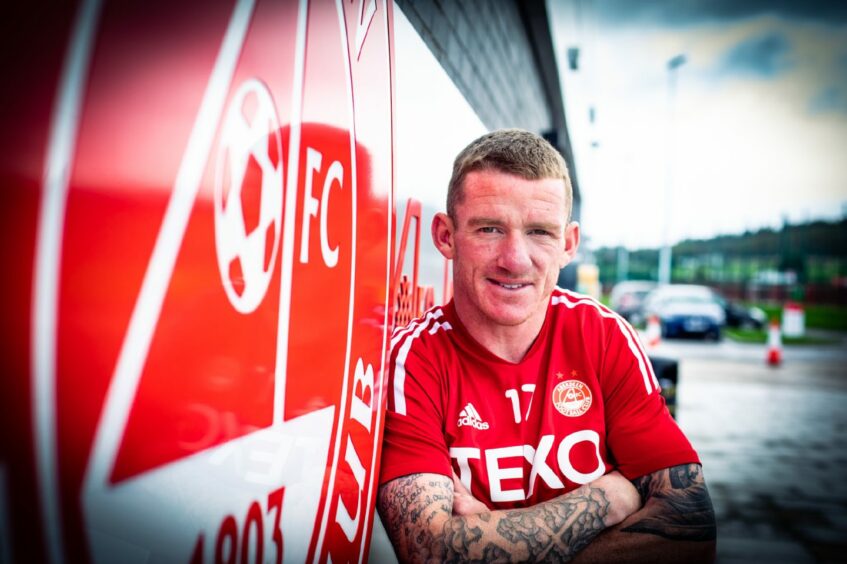
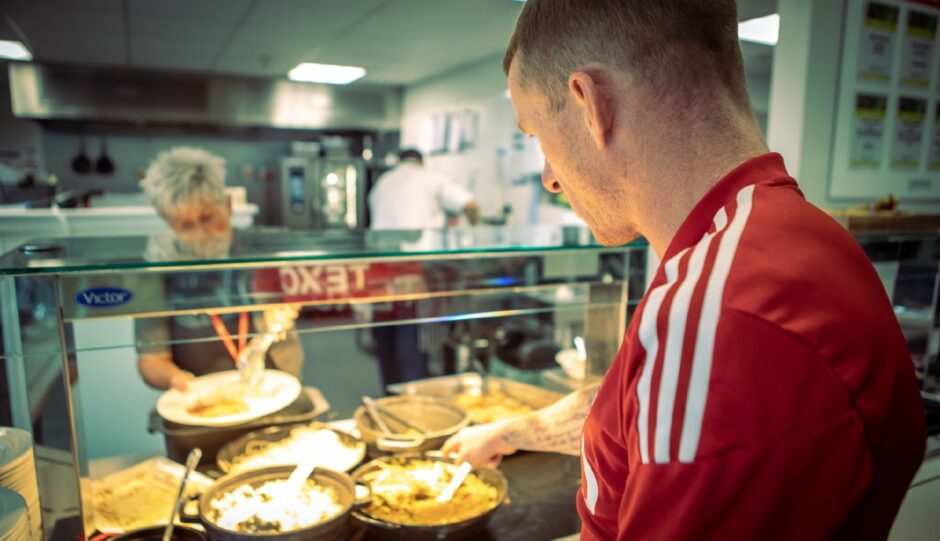
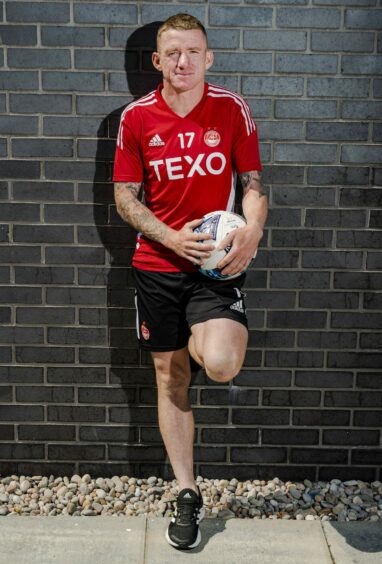
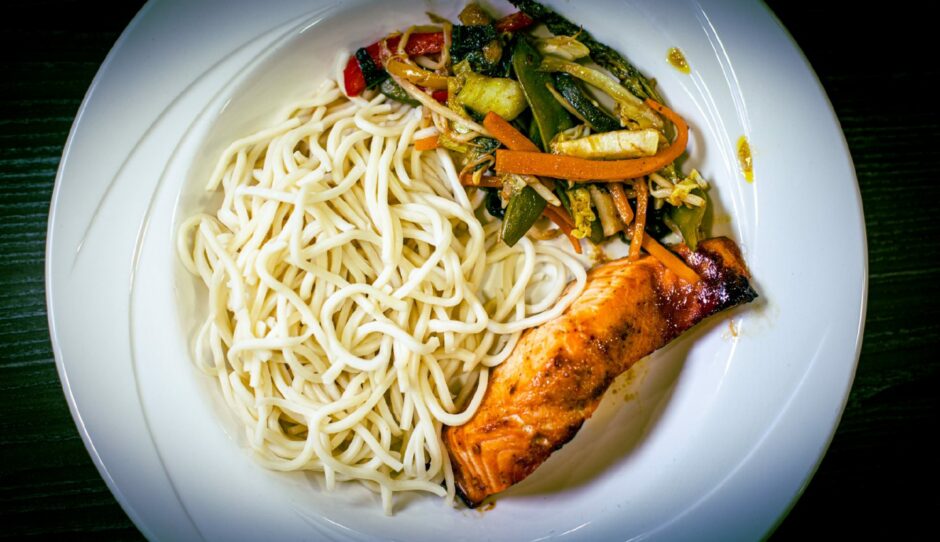
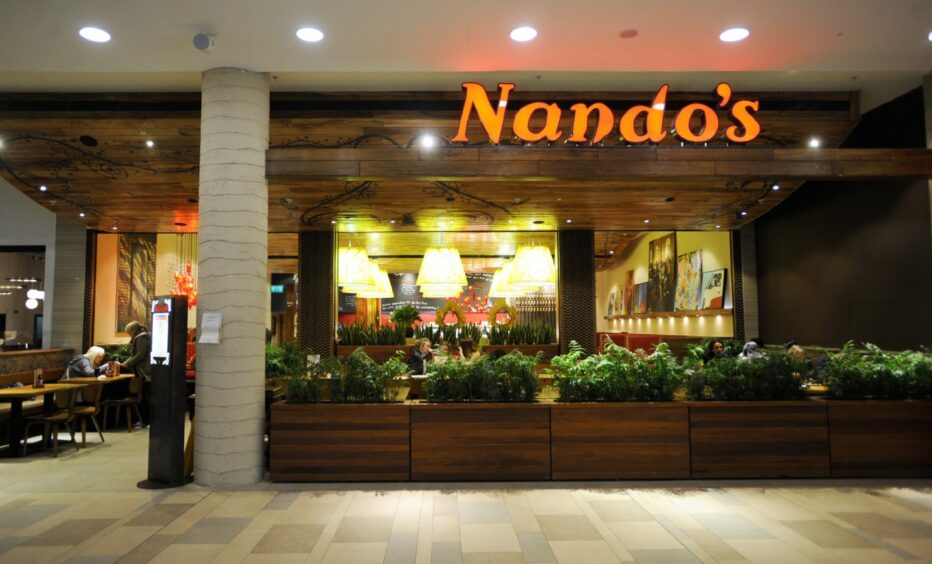
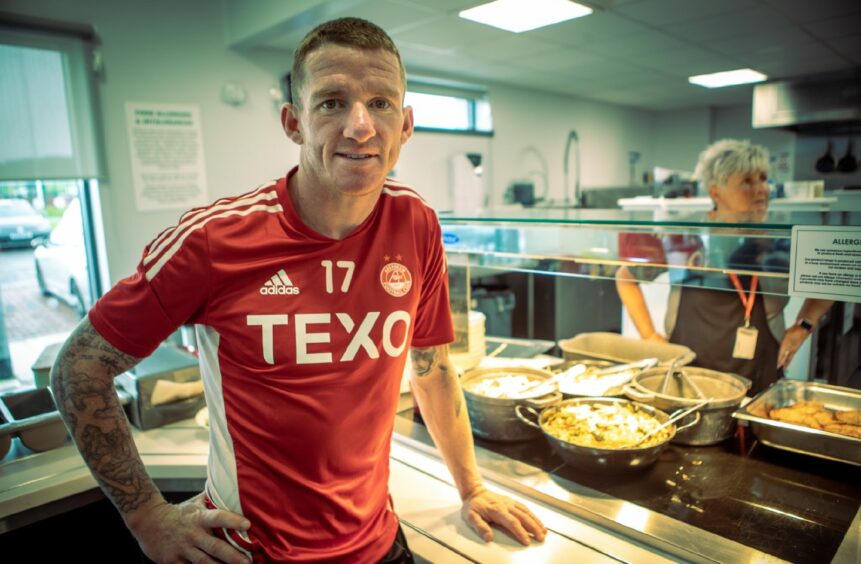
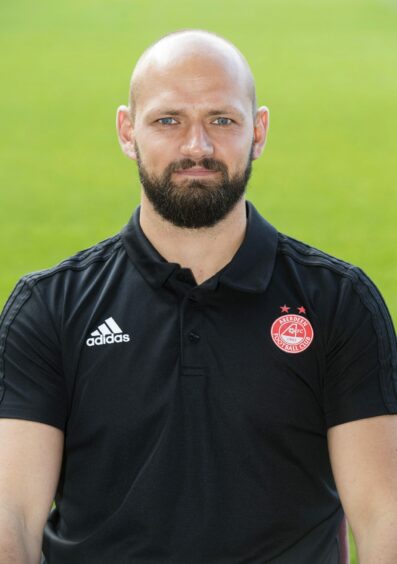
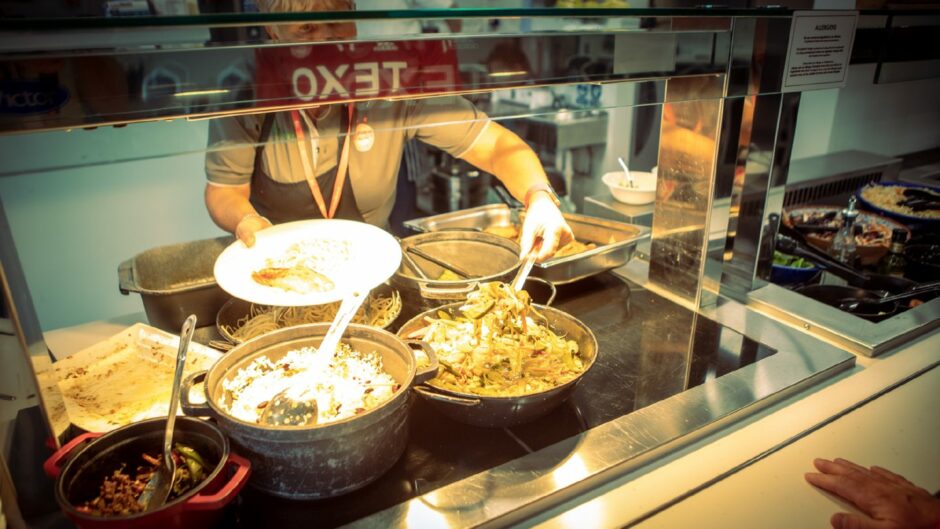

Conversation